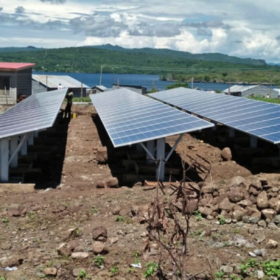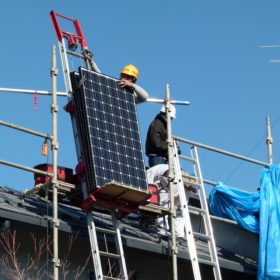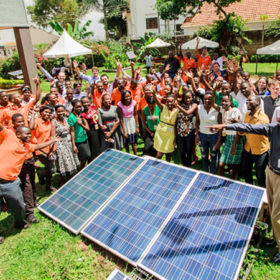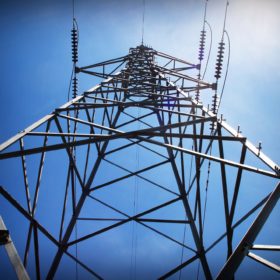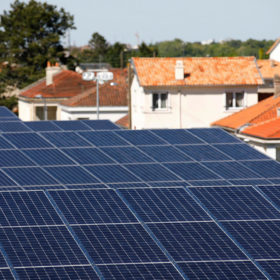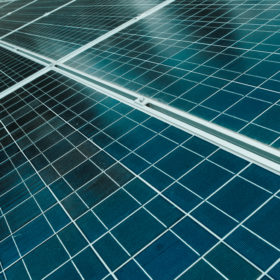World Bank offers $4.6m credit for off-grid solar panels and cook stoves in Kenya
Part of the development lender’s $150 million Kenya Off-grid Solar Access Program, the money will enable distributors to stock up and establish sales networks as well as offering affordable repayment terms to customers across 14 off-grid counties in the East African nation.
Chinese PV Industry Brief: Record residential solar installs and rumblings in the polysilicon market
The NEA has revealed more than 1.3 GW of solar capacity was added to Chinese rooftops last month, with more than 500 MW of it in Shandong province. While poly maker Daqo was forced to revise down its latest sales forecast it predicted a quick rebound in the current quarter.
Politicians talk a green game, but do they have solar on their home rooftops?
The Solar Power Challenge website aims to identify the politicians who support solar and have the rooftop panels at home to prove it. The results will not surprise you.
India drafts policy for rural solar appliance roll-out
The Ministry of New and Renewable Energy is eager to ramp up deployment of solar-powered dryers, cold storage and charkhas across the nation’s 600,000 villages.
Bangladesh outlines plan for up to 40 GW of renewables in 2041
The most ambitious scenario fleshed out in a draft National Solar Energy Action Plan includes 16 GW of project capacity at large scale ‘solar hubs’ but actions will speak louder than words in a nation set to fall short of its current clean energy target.
Fall in off-grid solar sales deprives 5m people of access to clean power
The latest edition of the Global Off-grid Solar Market Report by the World Bank and GOGLA has called for regulatory and financial support to help off-grid distributors create jobs lost to the Covid-19 pandemic.
The state of European energy
The proportion of clean energy consumed in the EU continues to rise but the European Commission’s State of the Energy Union report is critical of failings in energy efficiency, low-carbon-R&D spending, and the removal of fossil fuel subsidies.
‘Solar is the new king of energy markets’
The advance of PV has been lauded by the International Energy Agency as it launched the latest edition of a flagship World Energy Outlook 2020 report overshadowed by the Covid-19 crisis and uncertainty over how long the economic recovery could take.
Total and Google Cloud develop tool to predict rooftop PV potential
The Solar Mapper uses artificial intelligence algorithms that compile data extracted from satellite images. It can estimate site solar potential and indicate the most suitable technology.
New algorithm to identify faults in PV systems
A new algorithm identifies five kinds of faults in PV systems, while also detecting when faults have been resolved to prevent false detections. It is based on the least significant difference test, which is a set of individual t-tests comparing the means of two or more pre-determined groups.
